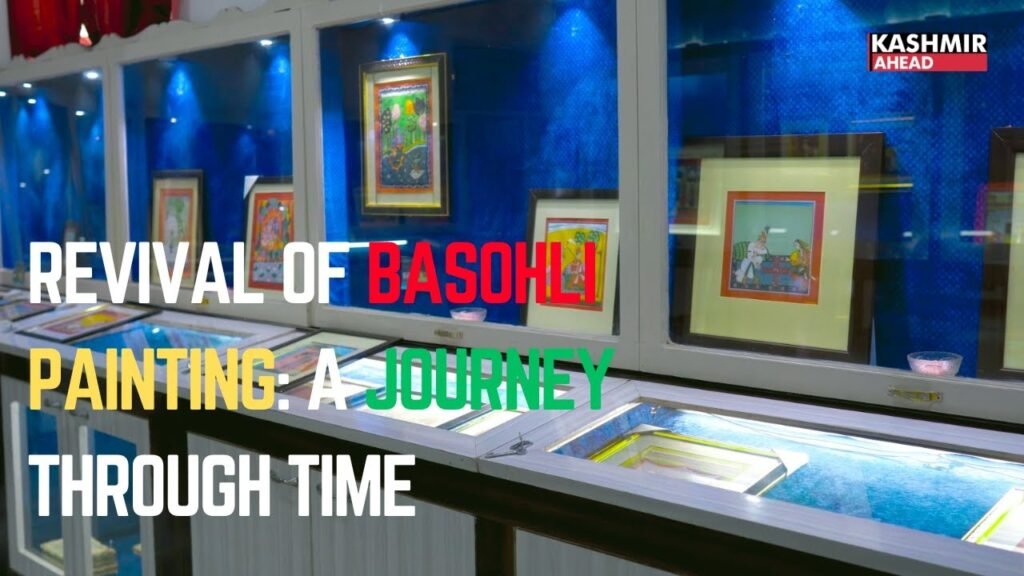Basohli painting, a distinctive form of Indian art originating in the 16th century, reached its zenith in the 18th century. This art form is renowned for its use of natural colors, crafted from organic materials, and its distinctive paper and wood mediums. There is nothing artificial in Basohli paintings; everything is natural, including the use of gold and silver. Despite its initial flourish, Basohli painting experienced a period of decline, during which its techniques and traditions were nearly lost. However, a revival is now underway, driven by both government initiatives and the efforts of dedicated organisations. The government has recognised the cultural significance of Basohli painting and is actively working to restore and promote it. This revival involves showcasing the art form at exhibitions and trade fairs, providing a platform for artists to gain recognition and financial support. One notable initiative is a trusted NGO that focuses on training young girls in the art of Basohli painting. This NGO not only preserves the art form but also empowers the girls by providing them with valuable skills and opportunities. These training programs are attracting many children who are passionate about learning painting. The NGO serves as a nurturing environment where children can develop their skills and express their creativity. The effort to highlight Basohli painting in exhibitions has brought attention to the unique craftsmanship involved, and participants are often compensated for their contributions, which further incentivises learning and mastery. The materials used in Basohli painting are meticulously chosen and prepared. The use of natural colors, often derived from plants and minerals, is a hallmark of this art form. The integration of gold and silver adds a touch of opulence, making each piece a unique and precious creation. The preservation of these traditional techniques is crucial for maintaining the authenticity and cultural heritage of Basohli painting. For many, including the girls training at the NGO, Basohli painting is more than just an art form; it is a potential career path. The skills learned can provide financial independence and the ability to work from anywhere, even after marriage. This aspect of the art form is particularly beneficial for women, as it offers flexibility and the possibility of continuing their craft regardless of their circumstances. In addition to the practical benefits, the revival of Basohli painting also contributes to the preservation of cultural heritage. Museums and tourism centers are increasingly interested in showcasing this art form, recognizing its historical and aesthetic value. By doing so, they help keep the traditions of Basohli painting alive for future generations. The elders who have preserved these techniques and traditions have done a commendable job in securing the cultural legacy for the younger generation. It is now the responsibility of the new generation to carry this legacy forward, ensuring that Basohli painting remains a vibrant and respected art form. The revival of c painting is a significant cultural movement that highlights the importance of preserving traditional arts. Through government support, NGO efforts, and the dedication of young learners, Basohli painting is poised to regain its former glory. This revival not only honors the past but also provides new opportunities for the future, ensuring that the art form remains a living, evolving tradition.
Revival of Basohli Painting: A Journey through time
Keep Reading
Add A Comment
Services
- About
- Contact
- Video
- Newsletters
- Sponsored News
Subscribe to Updates
Get the latest creative news from FooBar about art, design and business.
© 2025 Kashmirahead. Designed by Creative Milestone..




